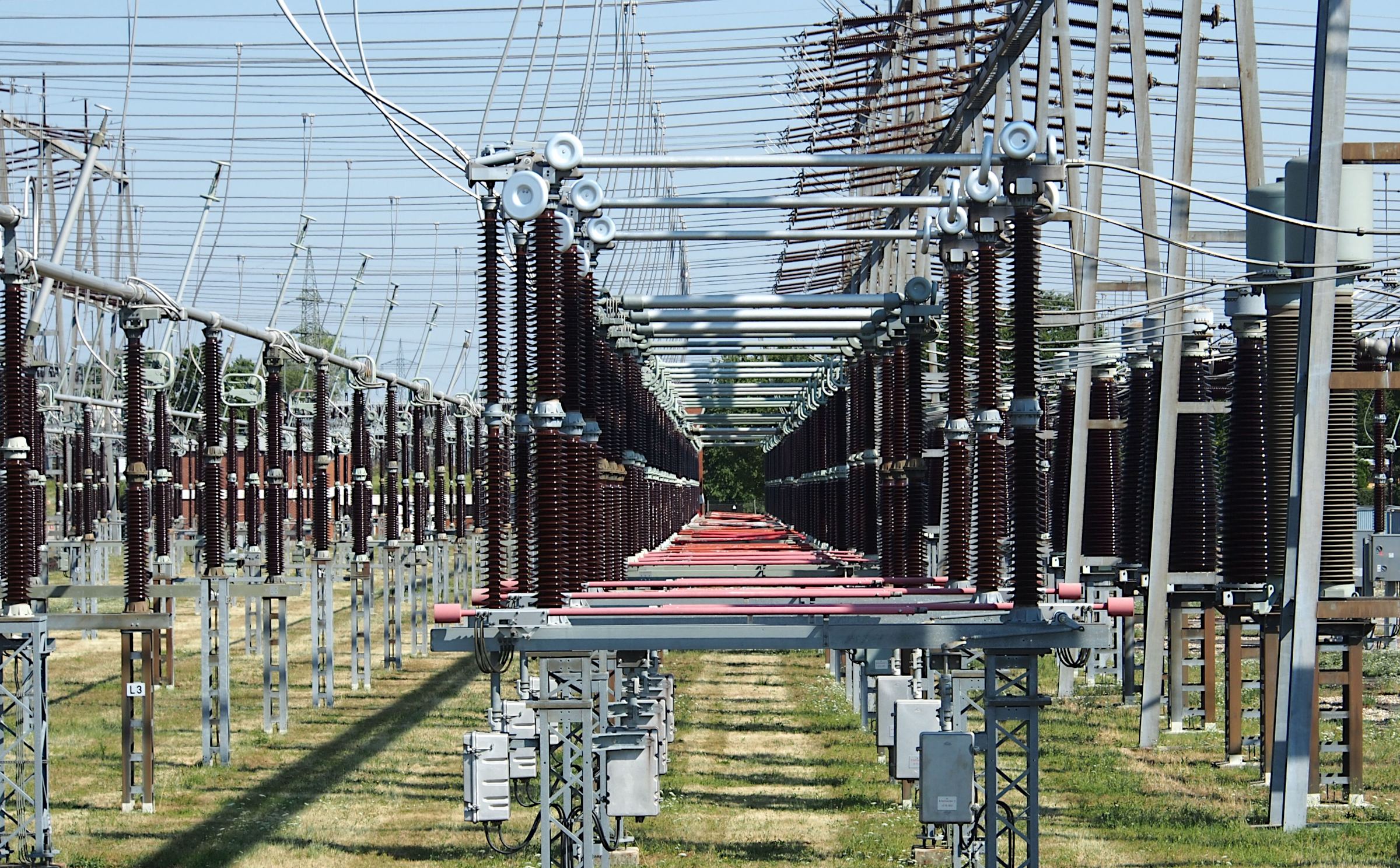ANPR FOR PAKISTANI LICENSE PLATES: A DEEP LEARNING APPROACH USING CNN AND YOLO
Keywords:
Automatic Number Plate Recognition (ANPR), OCR, Pakistan, Deep Learning, YOLO, CNNAbstract
Automatic Number Plate Recognition (ANPR) is an important technology used in various applications such as traffic monitoring, law enforcement, and parking management and used to recognize number plates in real time. . This discrepancy can be attributed to a number of difficulties Pakistan faces, such as the lack of uniform number plate sizes, the predominance of fancy number plates, a variety of fonts and a wide array of colors. These elements seriously impede the development of an effective ANPR system in the nation. The research proposal offers an effective method for Automatic Number Plate Recognition (ANPR) that is tailored to the particular features of Pakistani number plates. The method entails two main steps: Identification and localization of license plates. Using optical character recognition (OCR), convolutional neural networks (CNN), and YOLOv3 (You Only Look Once), characters from a license plate image are retrieved. In order to determine whether a license plate is genuine or fake, a special algorithm is also used. This procedure identifies the license plate precisely in an image and extracts the essential data for further processing. Utilising a dataset of 200 images of Pakistani license plates, including both bike and car plates, the effectiveness of the suggested method was assessed. The evaluation's findings demonstrated that the suggested method had a remarkable accuracy rate of 96.7%. This shows that the method is very effective at localizing and identifying Pakistani license plates.
















